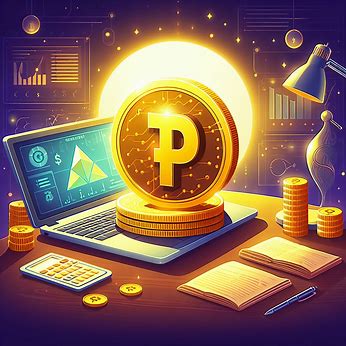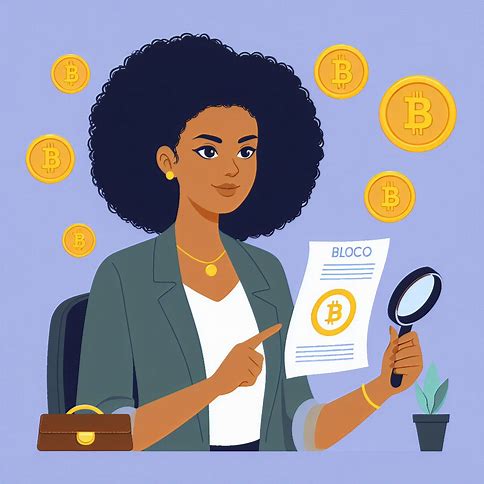If you’re looking to purchase some Pi coins, the cryptocurrency created by the Pi Network, buying on the secondary market is currently the only option. While the Pi mainnet and ecosystem are still under development, early adopters can trade Pi coins peer-to-peer. Here is how to buy Pi coins on the secondary market today.
1. Find a reputable Pi marketplace
The first step on how to buy Pi coins on the secondary market is to find a trustworthy platform that facilitates peer-to-peer Pi trades. Some of the more reliable options include FeverDream.net, PiTrades.net, and Pi.Auction. These marketplaces allow buyers and sellers to connect and negotiate trades directly.
2. Evaluate sellers and offers
Once you’ve chosen a marketplace, browse the available offers from sellers. Pay attention to their asking price, the quantity of Pi they’re selling, and any minimum purchase amounts. Critically, check the seller’s trade history and reviews left by previous buyers to know their legitimacy. Be wary of deals that seem too good to be true.
3. Contact the seller
After finding an offer that meets your needs from a reputable seller, reach out to them via the marketplace’s messaging system. Introduce yourself as an interested buyer, confirm the details of their offer, and ask any relevant questions. If you feel comfortable proceeding, express your intent to initiate a trade.
4. Agree on trade terms
Negotiate with the seller to reach an agreement on the specifics of your Pi transaction. This includes the exact quantity of Pi you’ll be purchasing, the price you’ll be paying, the payment method, and any logistics for executing the trade. Make sure all terms are clearly understood and accepted by both parties before moving forward.
5. Complete the transaction
The very last step on how to buy Pi coins on the secondary market is to complete the transaction. With the trade agreement in place, follow through with your end of the deal. This usually involves sending payment to the seller via the agreed-upon method, whether that’s a bank transfer, payment app, cryptocurrency, or another means. Once the seller confirms receipt of payment, they should release the Pi coins to your designated Pi wallet address.
Related: Pi Coin Staking and Earning Passive Income
6. Verify the receipt of Pi coins
After the seller confirms they’ve sent your purchased Pi, check your Pi wallet to ensure the correct amount has been received. If using a marketplace with escrow services, the trading platform will verify that both parties have upheld their end of the deal before releasing funds and coins, respectively. In the case of any discrepancies, reach out to the seller and marketplace moderators promptly to resolve issues.
Tips for Safely Buying Pi on the Secondary Market
1. Only trade with reputable sellers who have a proven history of successful transactions and positive feedback from other buyers.
2. Use marketplaces that offer escrow services or some form of seller verification to reduce risk. Avoid deals that require blind trust.
3. Start with smaller Pi purchases when engaging with a new seller. Incrementally increase transaction sizes as you build trust.
4. Demand the use of secure payment methods that have fraud protection and allow you to dispute charges if necessary. Never pay via irreversible means like gift cards.
5. Keep records of all communications with sellers in case any disputes arise.
6. Never share your Pi wallet’s seed phrase or send Pi to a wallet address you don’t control.
Key Takeaways
1. Buying Pi coins on the secondary market is currently the only way to acquire this cryptocurrency before the Pi Network launches its mainnet.
2. To purchase Pi, you’ll need to use peer-to-peer marketplaces like FeverDream.net, PiTrades.net, or Pi.Auction, where buyers and sellers connect directly.
3. Always try to evaluate potential sellers by checking their trade history and reviews. Only engage with reputable counterparties and start with small transactions.
4. Agree on clear trade terms with the seller, including price, quantity, payment method, and logistics. Use secure payment channels that offer fraud protection.
5. Verify receipt of the correct amount of Pi coins in your wallet after making payment. Promptly raise any issues with the seller and marketplace moderators.
6. Be aware of the risks associated with buying Pi on the secondary market, such as scams, price volatility, and limited liquidity. Never trade more than you can afford to lose.
7. The legal and regulatory status of peer-to-peer Pi trading varies by jurisdiction. It’s up to individual users to ensure they comply with local laws.
8. The value of Pi on the secondary market is highly speculative and subject to change. Use your own judgment to determine a fair price.
9. For now, the only way to sell Pi is through the same peer-to-peer marketplaces where you can buy it. The timeline for Pi being listed on exchanges is uncertain.
Frequently Asked Questions
1. Is buying Pi on the secondary market legal?
Pi Network Ltd., the company behind Pi, has stated that they neither endorse nor prohibit the peer-to-peer trading of Pi coins at this stage. Each Pi user must assess the regulatory and legal status of cryptocurrencies where they reside. The onus is on individual traders to adhere to regional laws.
2. What’s a fair price for Pi coins?
The value of Pi on the secondary market is entirely speculative and fluctuates based on supply and demand. Different marketplaces and sellers may quote varying prices for Pi at any given time. Use your own judgment to determine what you’re willing to pay.
3. When will I be able to sell my purchased Pi coins?
For now, the only way to sell Pi is via the same peer-to-peer marketplaces where you can buy it. There’s no clear timeline for when Pi will be listed on exchanges or have more robust trading options. The liquidity and exchangeability of secondary market Pi remain limited. Trade with this in mind.
4. Is it safe to buy Pi coins on the secondary market?
Buying Pi through peer-to-peer markets does carry some risks, such as potential scams or fraudulent sellers. However, you can reduce these risks by only trading with reputable sellers on trusted marketplaces, starting with small transactions, using secure payment methods, and thoroughly verifying the receipt of Pi coins before confirming the trade.
5. Can I buy Pi coins with a credit card?
The accepted payment methods for Pi transactions vary by marketplace and seller. Some sellers may accept credit cards, but many prefer more direct payment options like bank transfers, PayPal, or other cryptocurrencies. Always negotiate an agreeable payment method with the seller before initiating a trade.










